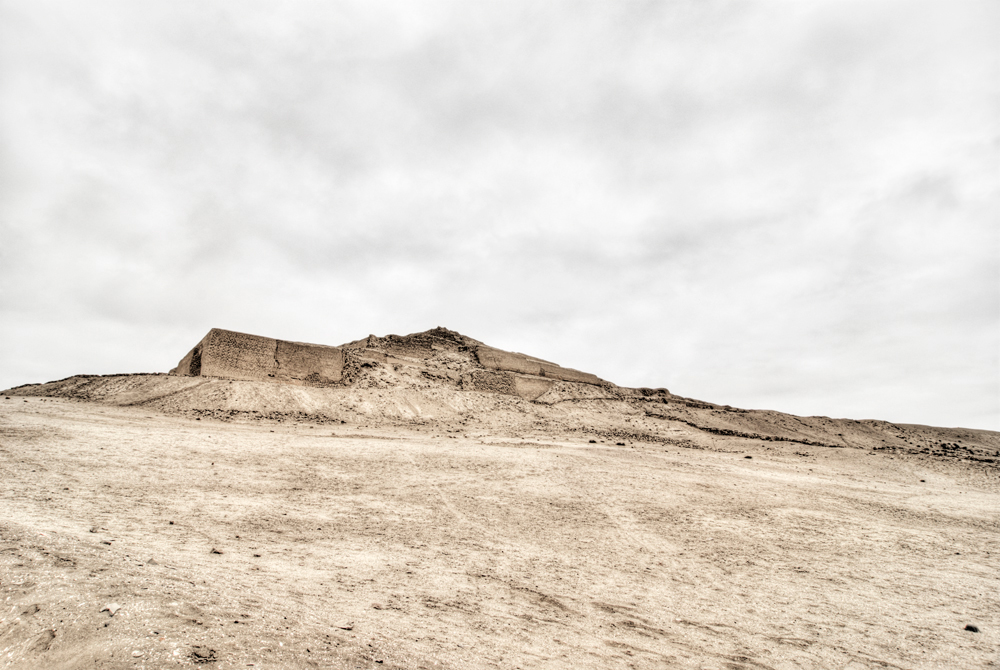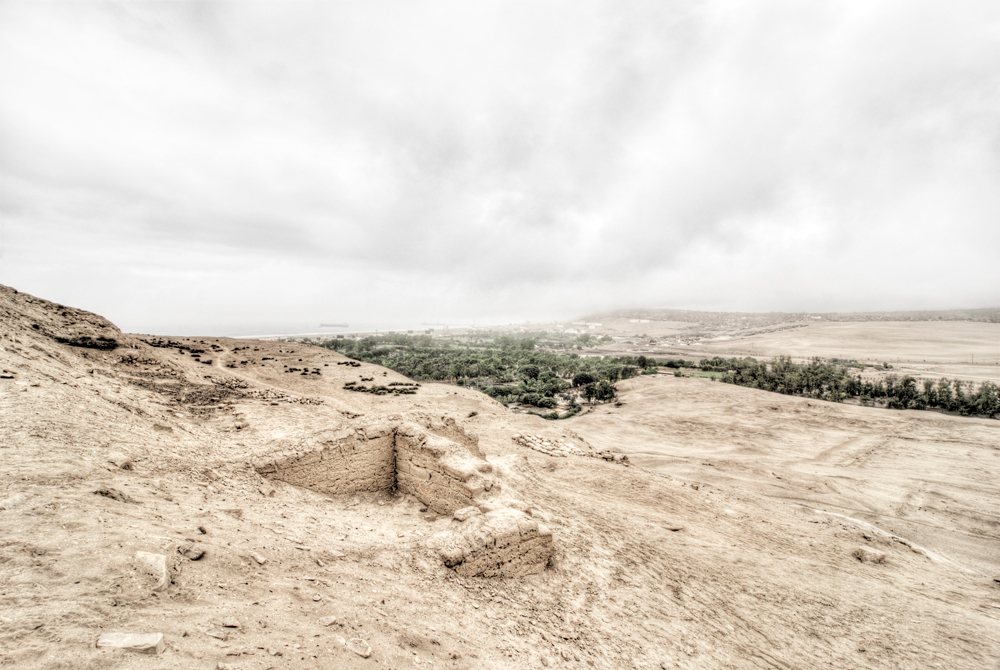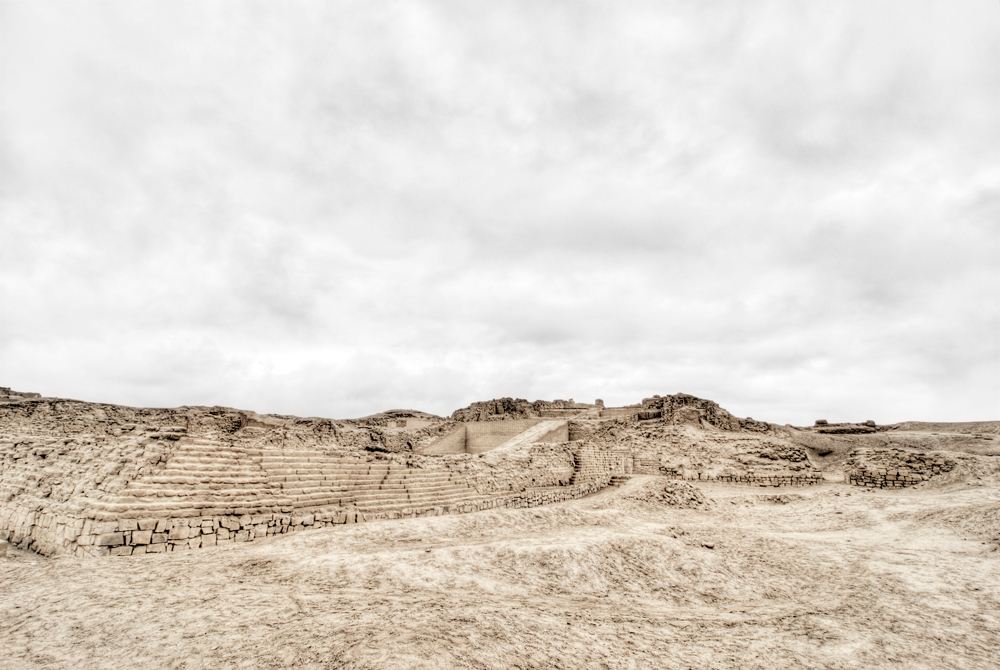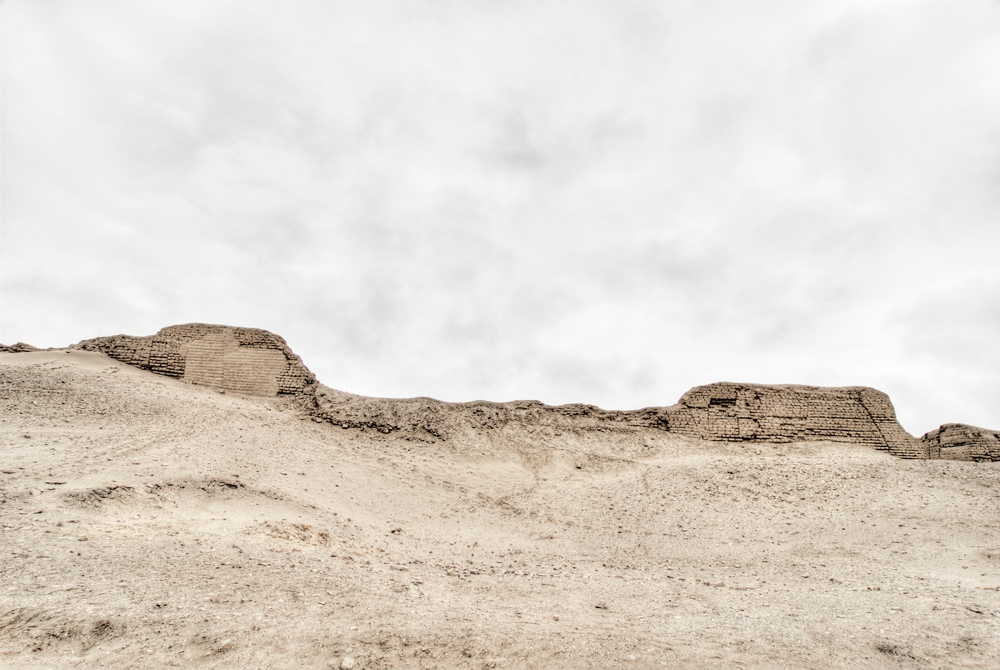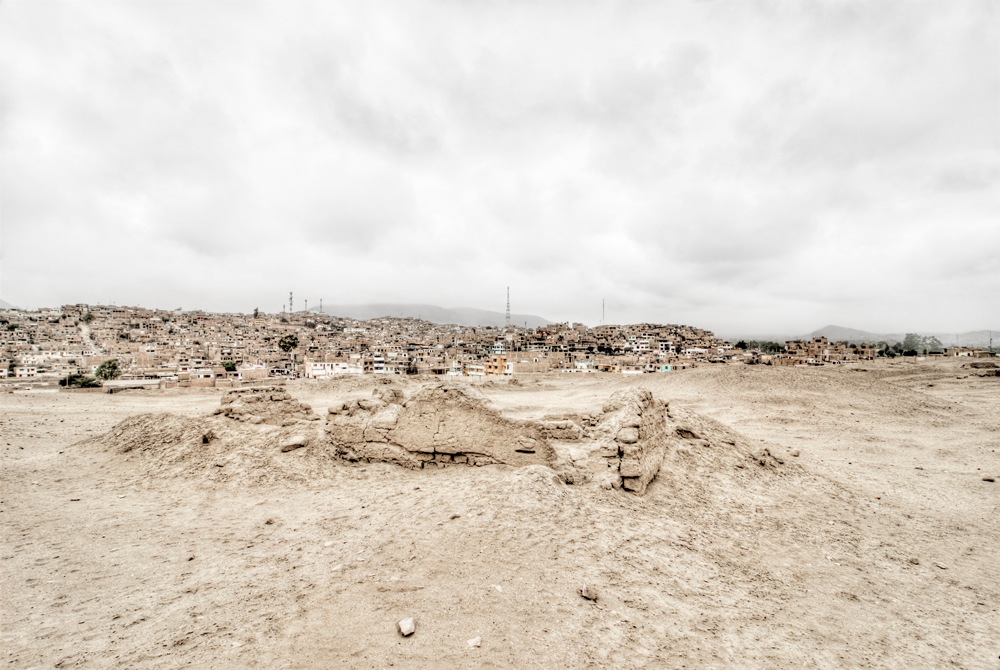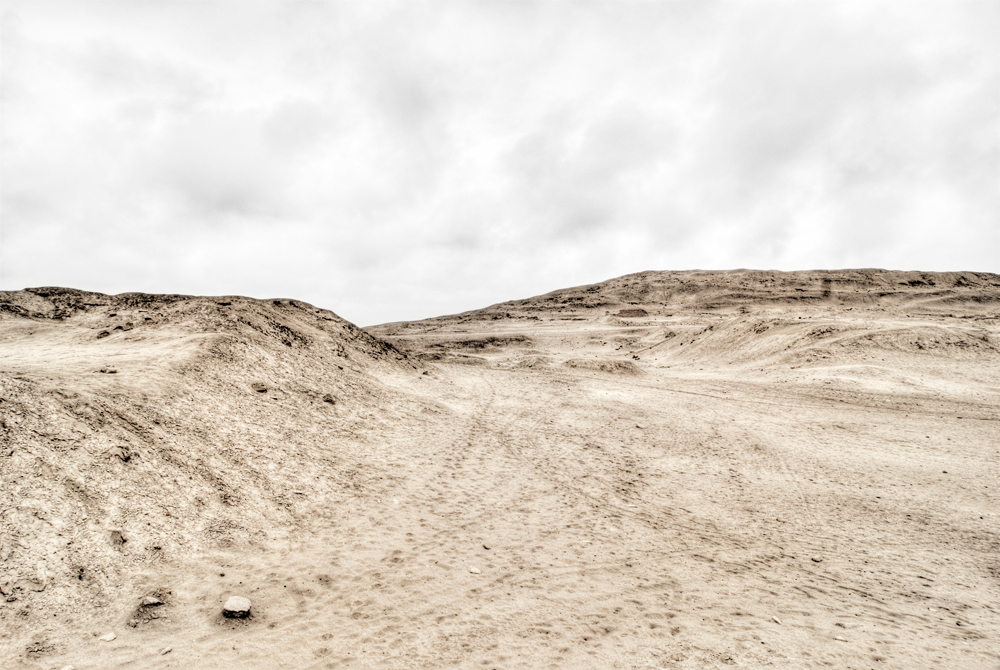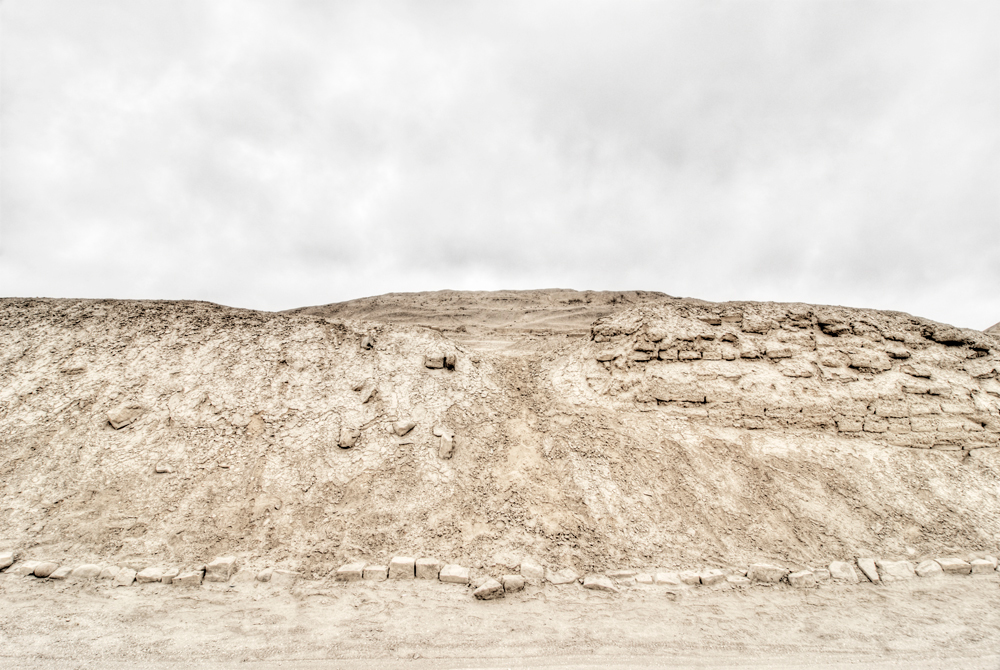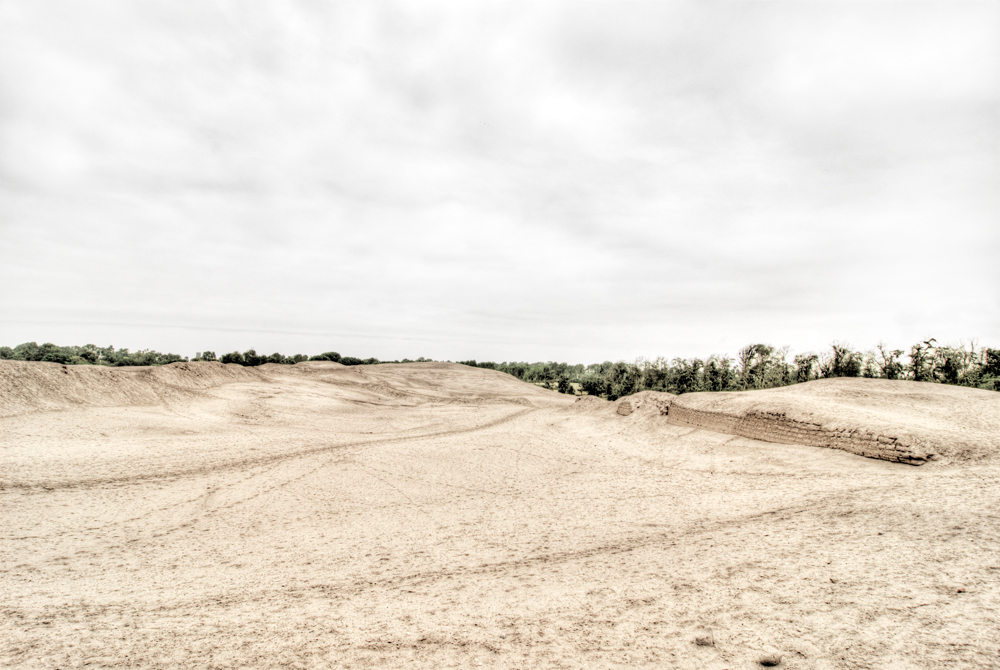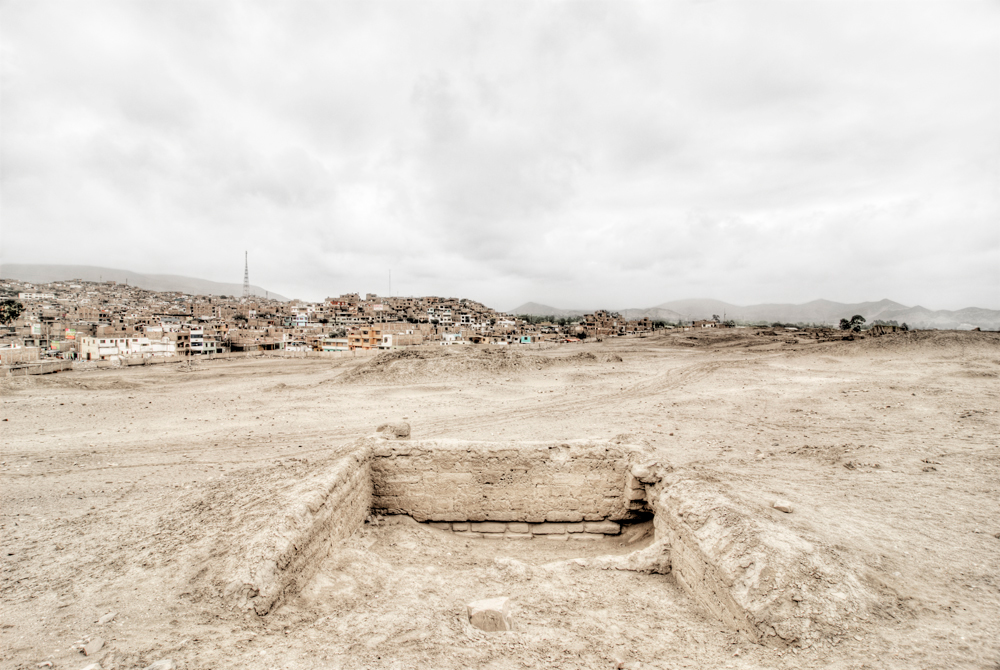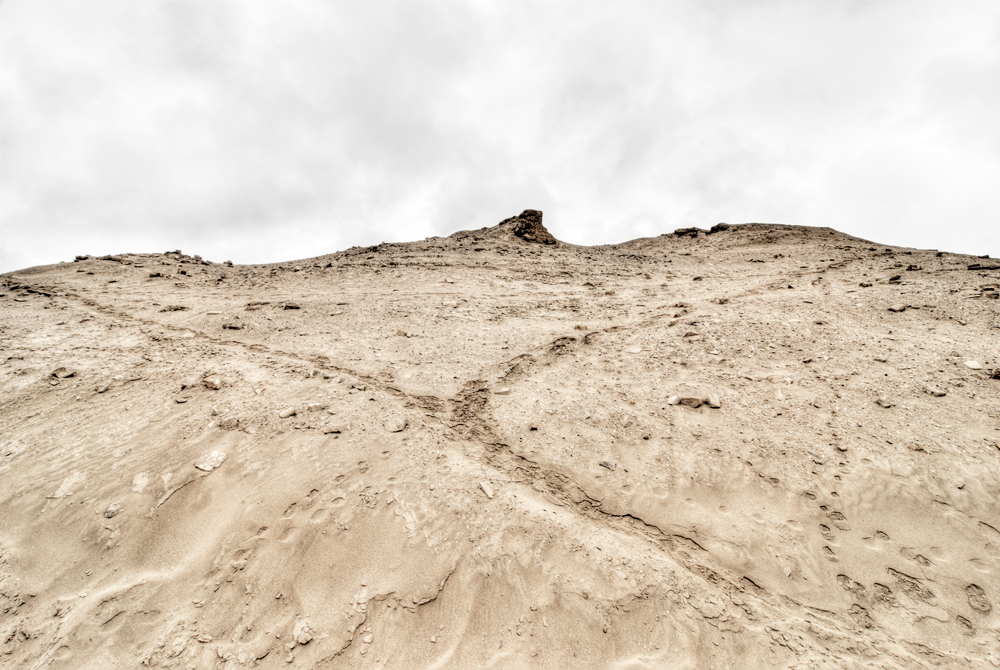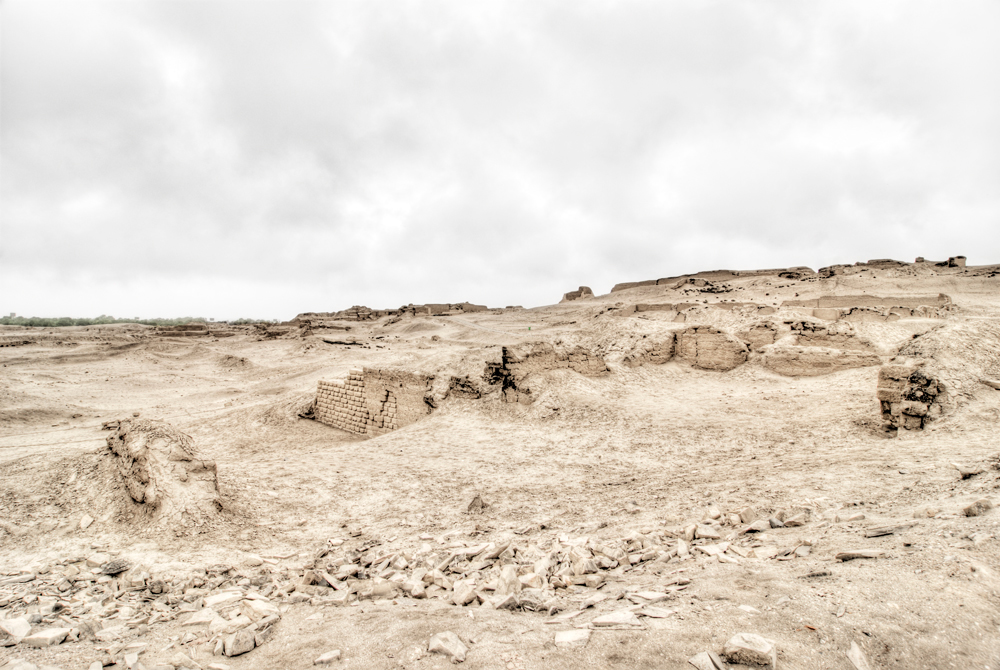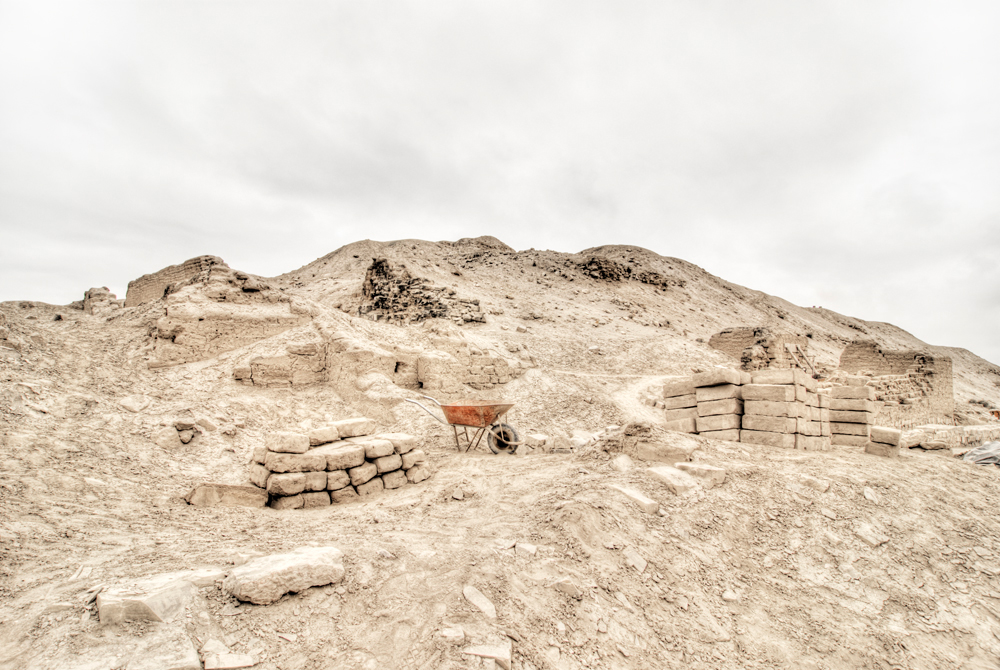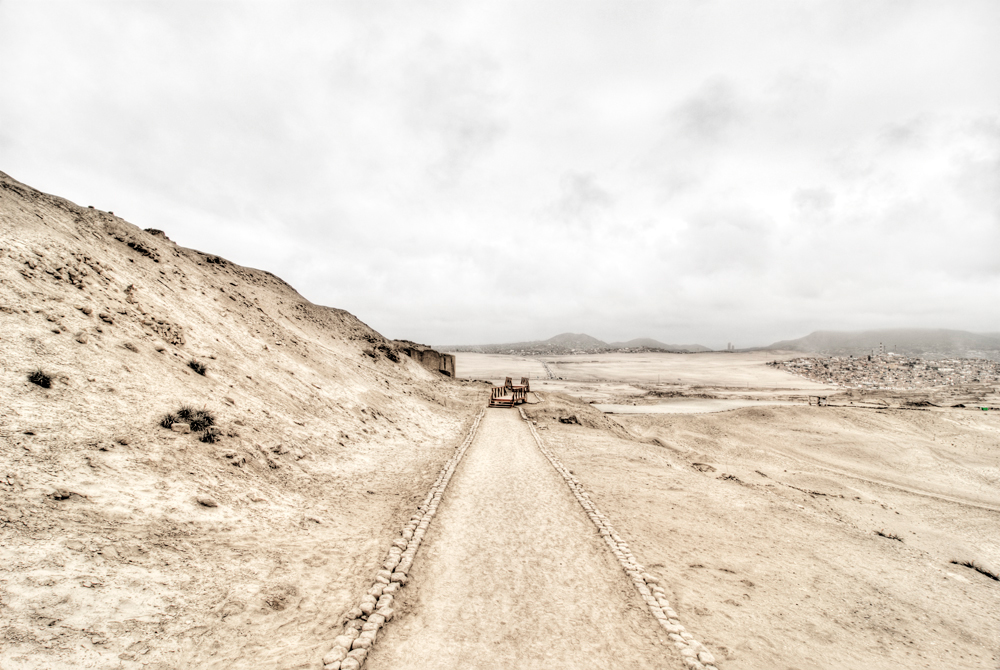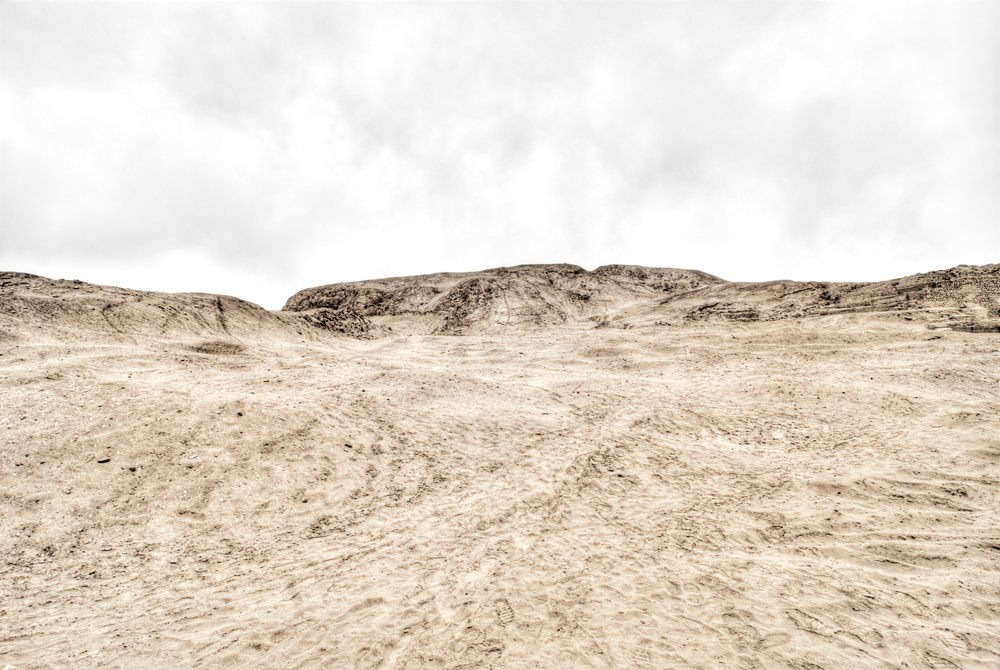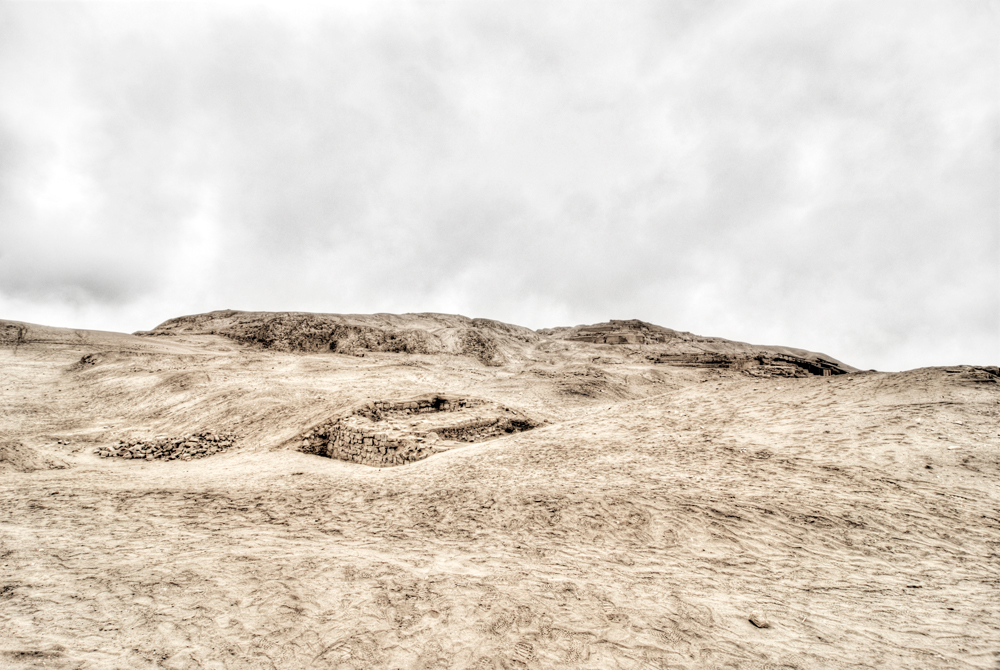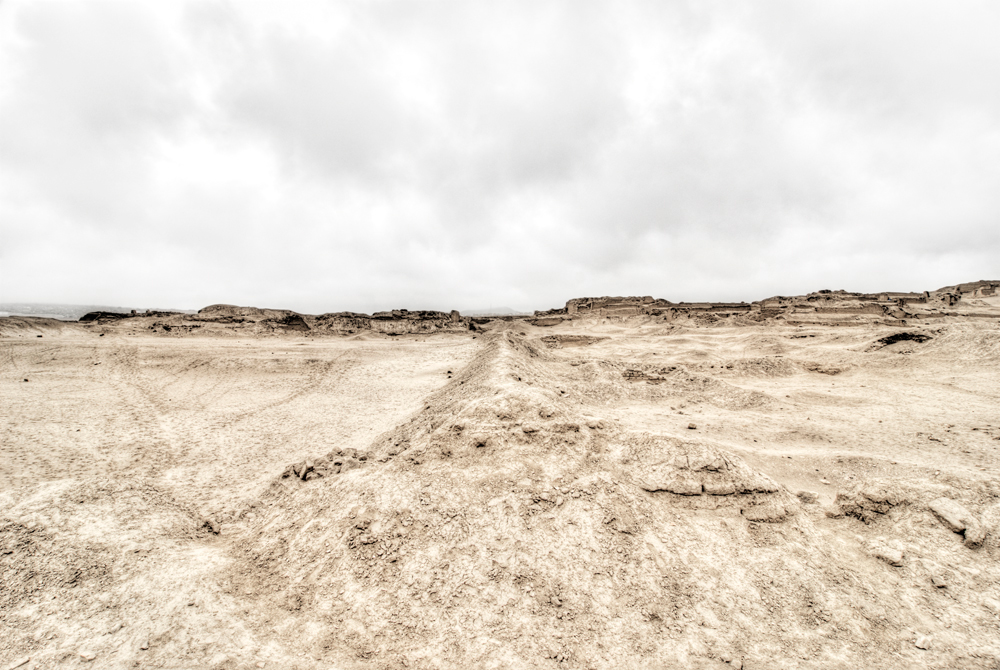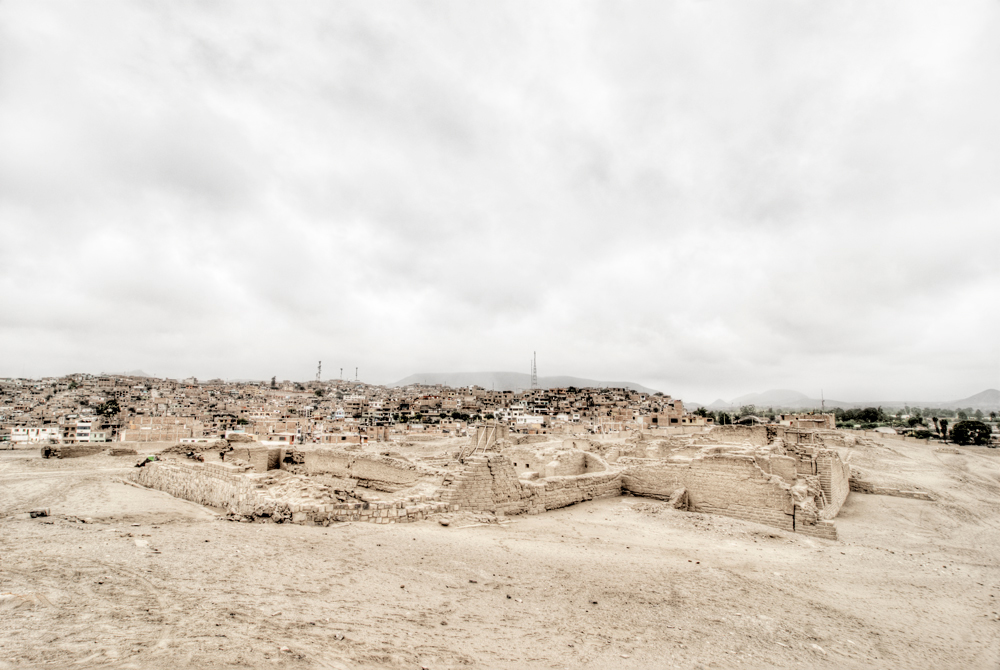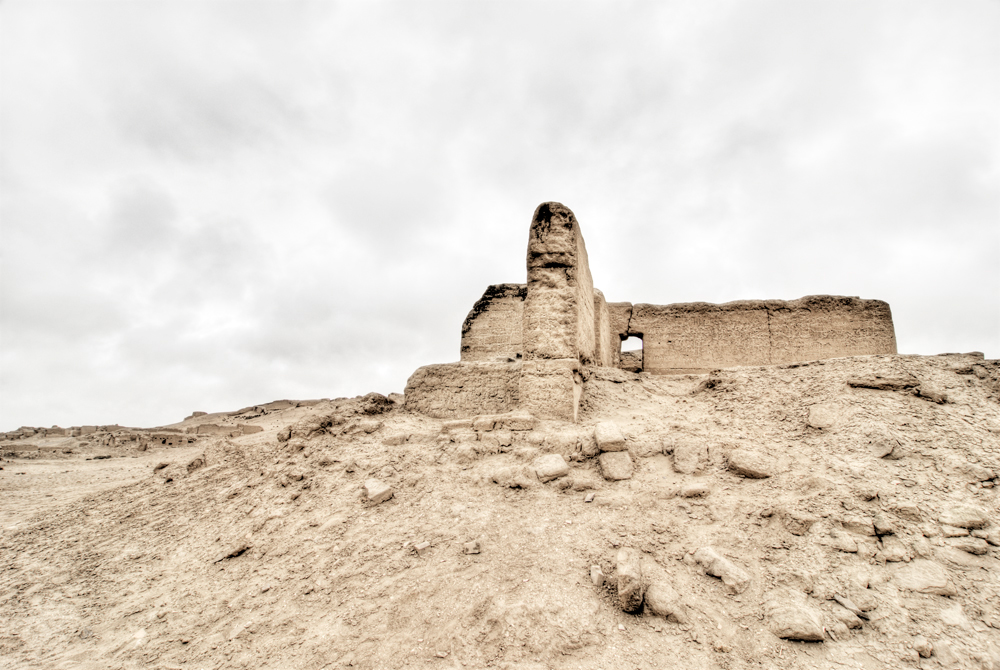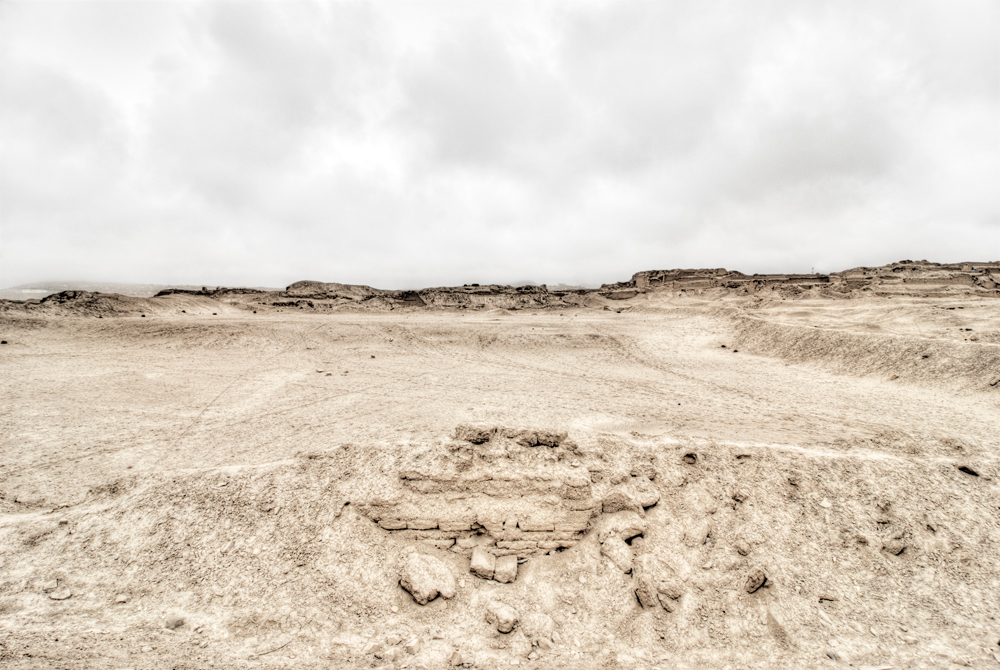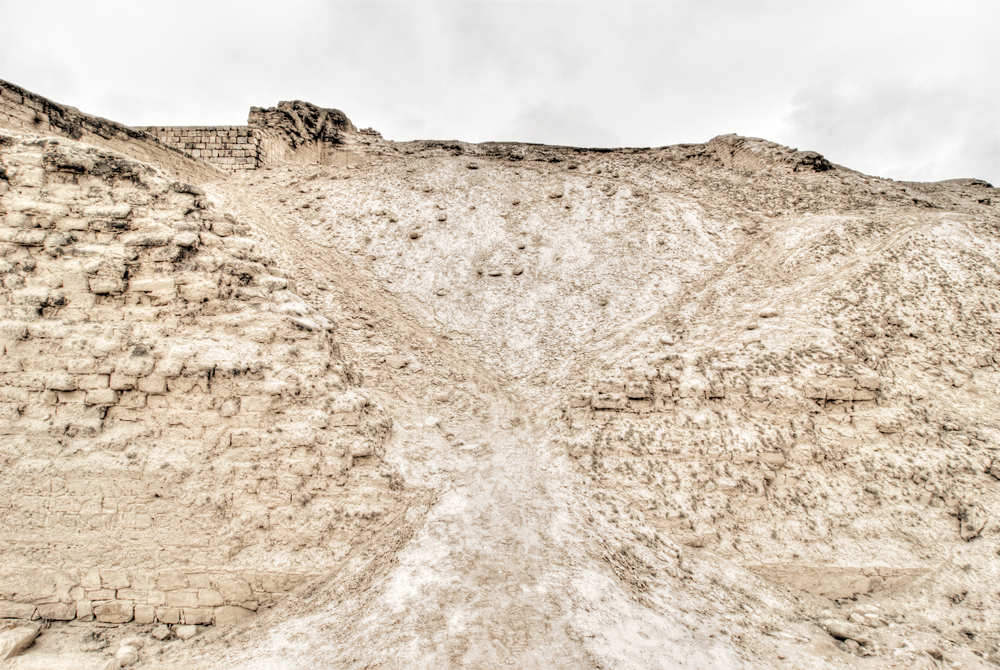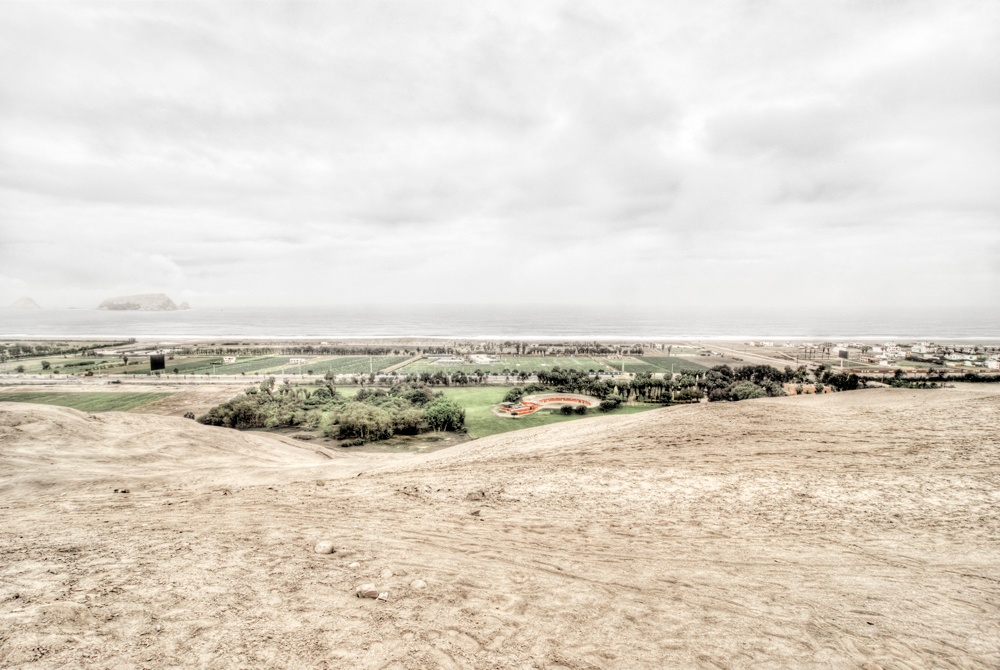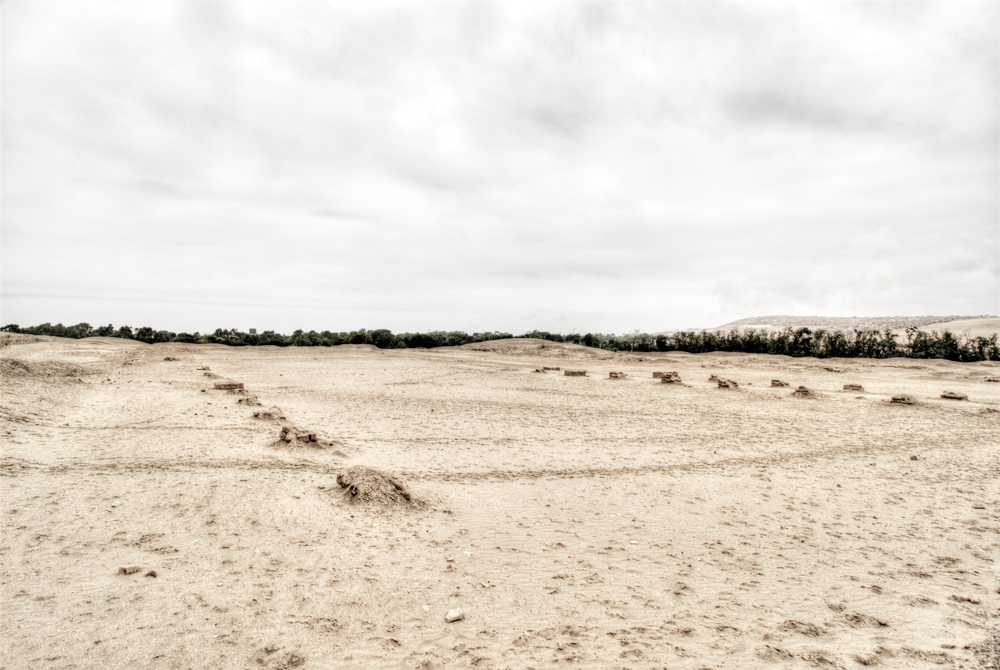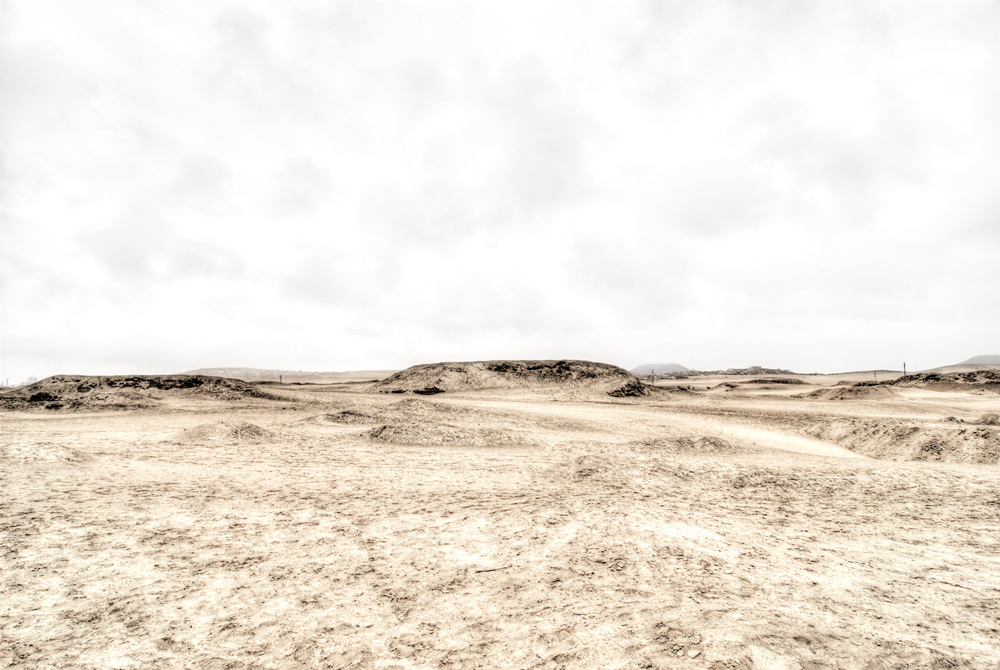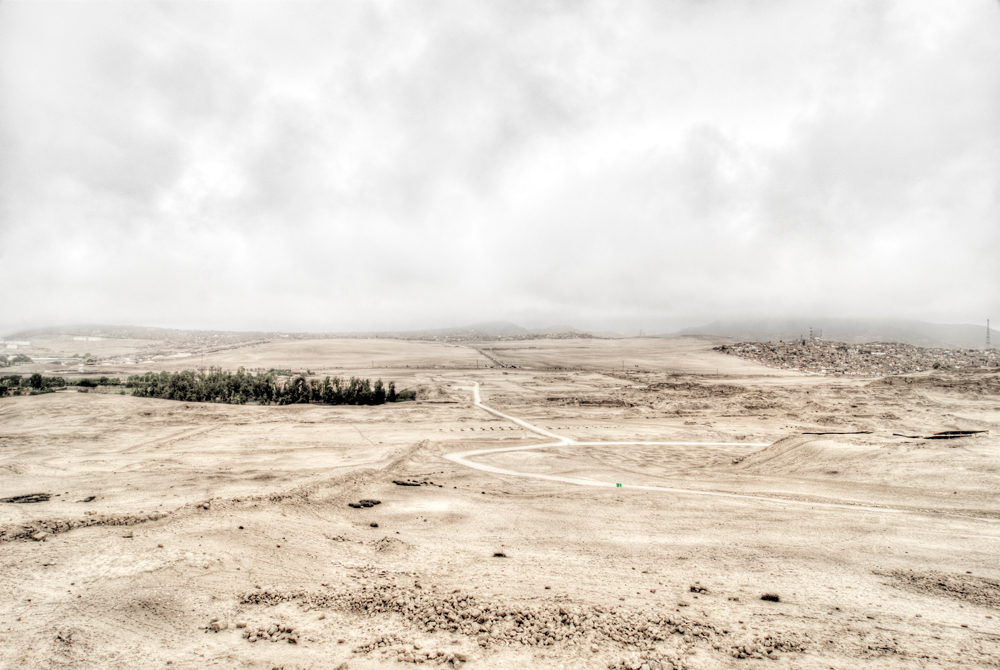PACHACAMAC
Pachacamac is an archaeological site 40 km southeast of Lima in the valley of the Lurin River and covers about 600 hectares of land. The site was the most important religious center of indigenous people at the Peruvian coast in pre-Hispanic times and dedicated to most important “god” Pachacamac, a powerful and feared god that was the creator of the world but on the other hand the god of fire and earthquakes.
Around 200 AD the Lima Culture built the first temples in the religious center. The materials used and the construction techniques were very complex for this time. Stone walls served as base for the structures made of "adobitos" (small adobe bricks). By this time Pachacamac's influence was only locally.
With the arrival of the Wari Culture (around 650 AD) in Pachacamac the city began to flourish and extended its influence to outer regions. The Wari mainly incorporated and modified the great religious complex of Pachacamac and built only a few new structures. After the decline of the Wari, the city continued its growth, power, influence and the adoration of "Pachacamac".
Around 1200 AD the Ichma Culture occupied Pachacamac. During this time the ceremonial center of Pachacamac increased its magnificence. The "Templo Pintado" was fortified and 15 main temples and "stepped pyramids" with ramps, storage facilities and patios were erected. These constructions were mainly built with adobe bricks and mortar; plastered but not painted. Two main streets connected the magnificent temples.
With the arrival of the Incas (around 1450 AD) at the central coastal area of Peru and the occupation of the ceremonial center of Pachacamac a great religious cult had developed. It was so powerful and popular that the Incas feared to tamper with it and allowed "Pachacamac" to co-exist along their own sun god Inti. The Incas modified the already existing structures, temples and other building to their needs. They built remarkable new pyramids and temples, among them the "Templo del Sol" (the Temple of the Sun) and the Acllahuasi ("House of the chosen women"), also known as "Mamacona". The "Templo el Sol" was constructed on a hill overlooking the Pacific Ocean and dedicated to their sun god Inti.
In 1532 the spanish conquers under the leadership of Francisco Pizarro ended the Inca rule in Peru and subdued the population of Pachacamac, plundered the site and destroyed the idol.
The cult, adoration and power that for about 1,300 years radiated from Pachacamac was wiped out and the great complex of Pachacamac forgotten. In the 19th century Pachacamac was rediscovered by archaeologists like Adolph Bandelier, Ernst Middendorf and Max Uhl.
![01 Pachacamac Peru]()
01 Pachacamac Peru ![02 Pachacamac Peru]()
02 Pachacamac Peru ![03 Pachacamac Peru]()
03 Pachacamac Peru ![04 Pachacamac Peru]()
04 Pachacamac Peru ![05 Pachacamac Peru]()
05 Pachacamac Peru ![06 Pachacamac Peru]()
06 Pachacamac Peru ![07 Pachacamac Peru]()
07 Pachacamac Peru ![08 Pachacamac Peru]()
08 Pachacamac Peru ![09 Pachacamac Peru]()
09 Pachacamac Peru ![10 Pachacamac Peru]()
10 Pachacamac Peru ![11 Pachacamac Peru]()
11 Pachacamac Peru ![12 Pachacamac Peru]()
12 Pachacamac Peru ![13 Pachacamac Peru]()
13 Pachacamac Peru ![14 Pachacamac Peru]()
14 Pachacamac Peru ![15 Pachacamac Peru]()
15 Pachacamac Peru ![16 Pachacamac Peru]()
16 Pachacamac Peru ![17 Pachacamac Peru]()
17 Pachacamac Peru ![18 Pachacamac Peru]()
18 Pachacamac Peru ![19 Pachacamac Peru]()
19 Pachacamac Peru ![20 Pachacamac Peru]()
20 Pachacamac Peru ![21 Pachacamac Peru]()
21 Pachacamac Peru ![22 Pachacamac Peru]()
22 Pachacamac Peru ![23 Pachacamac Peru]()
23 Pachacamac Peru ![24 Pachacamac Peru]()
24 Pachacamac Peru
